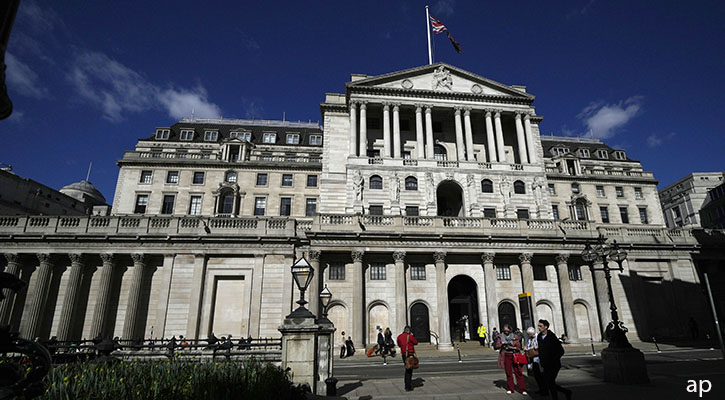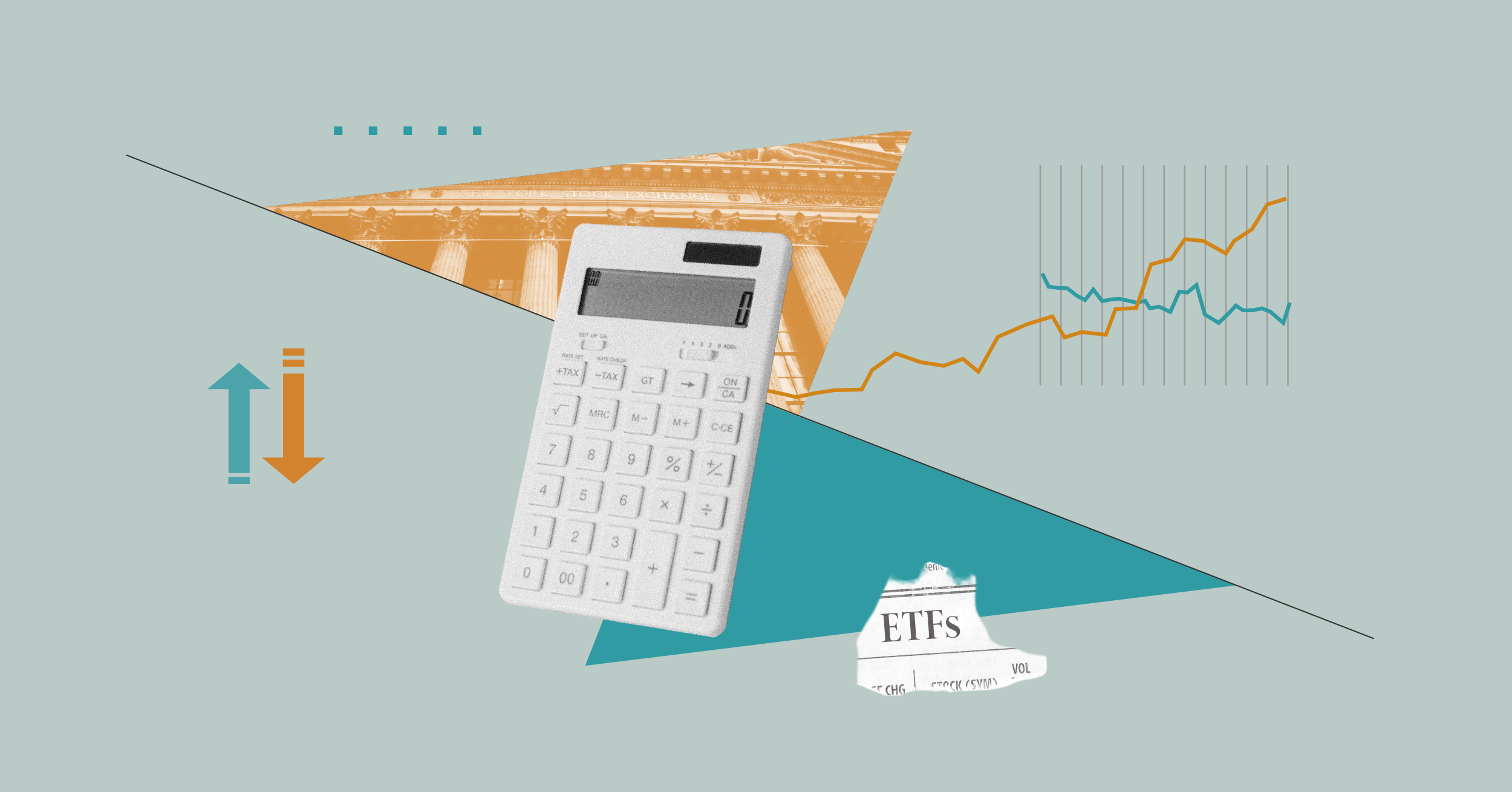
The Bank of England is expected to hold interest rates at 5.25% when it meets next week, following a no-change decision on May 8.
Unlike May’s meeting, June 20’s decision will just be accompanied by a brief statement rather than the full monetary policy report and press briefing. So if there is no change to interest rates this week, there will be little guidance on when this is likely to happen.
Alongside the statement, one clue will come from the voting patterns: last month seven members of the monetary policy committee voted to hold, while two voted for a cut. It’s likely that more of the MPC join the cut cohort, but probably not enough to force a decision.
Money markets, as measured by overnight index swaps, suggest that August 1 is still the most likely date for the Bank of England to make its first rate cut since 2020.
August seems more likely from the point of view of the Bank’s calendar; the quarterly monetary policy report and press conference give policymakers more scope to explain decisions.
General Election is Hard to Ignore
The looming election is also a factor. While the Bank is proud of its political neutrality, common sense would lean towards waiting until after the election on July 4 to make a decision on interest rates. Opinion polls suggest a new government will be in power by the time the Bank next meets in August, and that will change the dynamic of economic forecasting, with new tax and spending plans in place.
In recent years, the Bank’s monetary policy and government fiscal policy have notionally worked in tandem. While shadow chancellor Rachel Reeves has ruled out an emergency budget on coming to power, the Labour party is likely to make significant changes to the economy this and next year.
But there is the chance of a surprise cut in June, says Morningstar’s European market strategist Michael Field, with inflation's fall backing the case.
"Although the majority of economists are predicting the first rate cut in August, that majority is slim. In fact, a recent Reuters poll had more than 40% of economists suggesting this long-awaited rate cut would actually come in June."
Does the Data Back a Rate Cut?
In terms of UK economic data, not too much has changed to tip the balance towards a cut. On the side of “hold”, services sector wage growth, a concern of Bank officials, is still high. But May inflation is expected to have hit the 2% target, according to FactSet consensus, in data to be released on June 19. The UK economy posted no growth in April, the ONS said, so a rate cut could be justified as a stimulus for a struggling economy. Unemployment is also on the rise, albeit from low levels.
After all, base rate has held at 5.25% since August 2023, which gives policymakers plenty of time to see the “transmission” effects of the 14 rate rises since 2021 in the real world. Since then, inflation has fallen dramatically, as it has done in the eurozone and US.
There is also the argument that UK interest rates are too high relative to inflation: UK CPI is 2.3%, while the base rate is 5.25%; in the eurozone CPI is 2.60% and the deposit rate is 3.75% after the recent cut. Last month, the Bank of England governor Andrew Bailey that even after one rate cut, monetary policy remains restrictive.
"With current rates as high as 5.25%, there is plenty of room for manoeuvre," says Morningstar's Field.
Central Bankers Turn Cautious
Globally the interest rate environment has shifted since the Bank’s last meeting: the European Central Bank did cut rates last week, but markets re-priced the odds of a follow-up cut after the ECB raised its inflation forecasts. In the US, the Federal Reserve held rates on June 12 and signalled that there would be one rate cut this year; that said, Morningstar’s chief economist Preston Caldwell says that we could see two or more cuts.
While CPI is higher in the US than the eurozone and UK, the key message from central bankers is that inflation is proving hard to banish and may even be gathering for a second wave. The Bank of England is likely to echo this cautious tone in its statement next week, but it may well lay the groundwork for a cut later in the summer. If inflation does fall to target and stay there, as expected, the pressure will to increase on the Bank in the coming months to act.



























